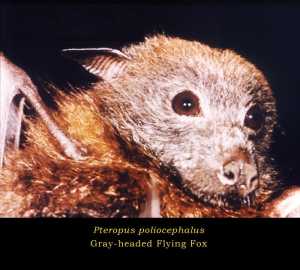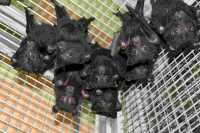Author Interviews, Global Health, Infections, NEJM / 08.05.2019
Bat Borne Nipah Virus Transmitted by Human Secretions
MedicalResearch.com Interview with:
Birgit Nikolay PhD
MATHEMATICAL MODELLING OF INFECTIOUS DISEASES
Institut Pasteur
MedicalResearch.com: What is the background for this study? What are the main findings?
Response: Nipah virus was identified by the World Health Organization as an emerging infectious disease that may cause major epidemics if the pathogen evolves to become more transmissible, leading the organization to prioritize it for research to prevent future health emergencies. In the absence of efficient treatments or vaccines, the only way to control Nipah virus outbreaks is through targeted interventions that limit opportunities of spread. Designing such interventions is challenging in a context where transmission mechanisms remain poorly understood. The study provides important insights to better understand these mechanisms.
(more…)


